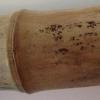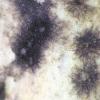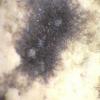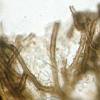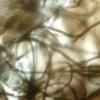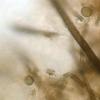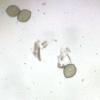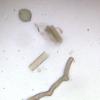
19-12-2025 10:10
Patrice TANCHAUDBonjour, récolte réalisée en milieu dunaire, a

18-12-2025 17:23
 Bruno Coué
Bruno Coué
Bonjour,je serais heureux d'avoir votre avis sur c

18-12-2025 21:17
Pol DebaenstThe identification took me to Byssonectria deformi

18-12-2025 18:07
Margot en Geert VullingsThese plumes were found on rotten wood.They strong

17-12-2025 18:35
 Michel Hairaud
Michel Hairaud
Bonjour à tous/Hi to everyone I am passing along

15-12-2025 15:48
 Danny Newman
Danny Newman
Melanospora cf. lagenaria on old, rotting, fallen

15-12-2025 15:54
 Johan Boonefaes
Johan Boonefaes
Unknown anamorph found on the ground in coastal sa

15-12-2025 21:11
 Hardware Tony
Hardware Tony
Small clavate hairs, negative croziers and IKI bb

15-12-2025 07:09
 Danny Newman
Danny Newman
indet. Rutstroemiaceae sp. on unk. fallen leavesMc
 Hello together,
Hello together,two weeks ago i found a hyphomycete which i can't identifie, so hopefully someone has an idea.
The fungus was growing on a lying dead culm of Bamboo in the zoo in Duisburg.
The colonies are about 3-5 mm in diameter and appear as black, "tousled" arrangements of hyphae.
Under the microscope i couldn't find any conidiophores, just dark brown, septated hyphae with warts or some kind of exudate.
The spores are brown, citriform and contain some oil droplets. The spore sizes are 9,5 - 11 x 7,5 - 9 µM.
Has anybody an idea? I checked Ellis & Ellis (microfungi on land plants) but couldn't find any match.
Best regards,
Florian

those 'conidia' look rather like the ascospores of some Chaetomium species - is it possible there are some evanescent ("vergänglich") perithecia hiding in the tousled hyphae?
best wishes
Chris

I think, that you show an interesting, not often seen species!
I agree with Chris in the genus Chaetomium.
The asci are evanescent, so that you can see them only in young stage.
With branched hairs and the spore size this should be Chaetomium elatum, a species often growing on decaying vegetable materials.
I know it from rotting straw.
Regards
Norbert

great, thank you very much! When i saw those spores for the first time i thought it might be the rest of a basiodiomycete, but the hairy colonies didn't fit to this theory. But Chaetomium with the evanescent asci fits very well!
Best Regards and have a nice day,
Florian

